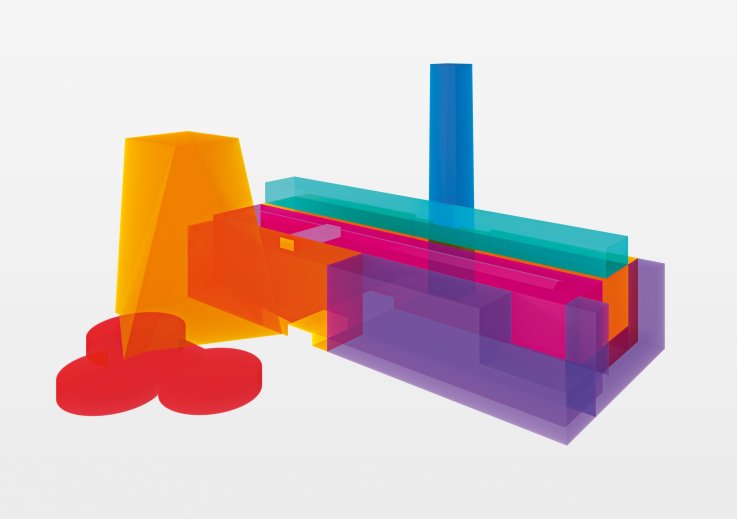Inside the New Tate Modern

London's Tate Modern museum has undergone a £260 million renovation that will be unveiled to the public Friday.
The former Bankside Power Station, now known as Switch House, has been expanded by 60 percent to accommodate more art exhibitions and live performances.
The new building was designed by architects Herzog & de Meuron, who were also behind the original conversion of the derelict power station into the Tate Modern in 2000.
Renovation on the 10-storey building began in 2010. The expansion was first proposed in 2007 after the museum began attraction 5 million visitors a month—far more than the anticipated 2 million visitors when it first opened.
Among the artwork shown will be a giant tree sculpture by Chinese artist Ai Weiwei and classics by Pablo Picasso and Matisse. The museum now boasts 800 works by over 300 artists, said the Tate.
"Over recent years, we have been working hard to transform the international collection at Tate to reflect that great art is made all over the world," said Tate Modern director Frances Morris.
"We are broadening the international remit both in contemporary and modern art; collecting and plotting the history of live art, film and new media; and, very importantly, buying and showing more work by women artists. I am delighted to now have the space to show this broader story of modern and contemporary art to the public for free."
London Mayor Sadiq Khan said: "Growing London's cultural sector is one of my core priorities as mayor, so I'm delighted that the Tate Modern's extraordinary new extension is now open."
The new Tate Modern opens its doors to the public on Friday June 17.



